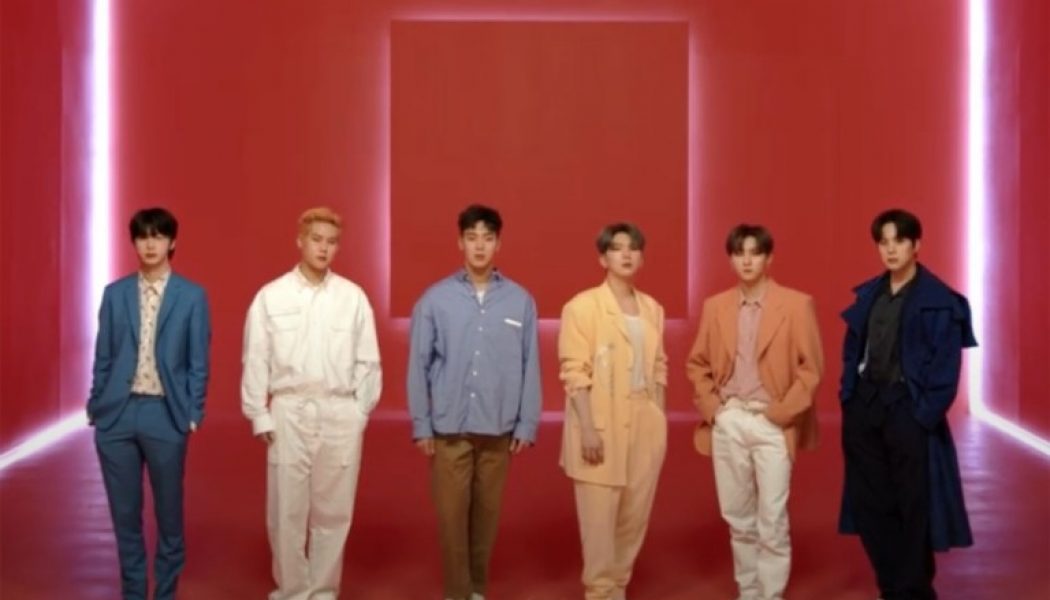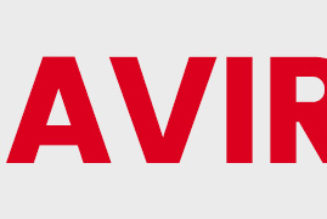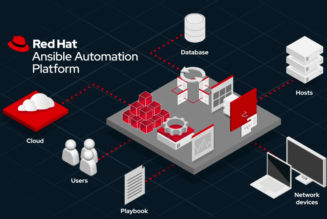What three letters best explain the modest gains LiveXLive unveiled during its quarterly earnings call Thursday?
The would be P-P-P as in the Paycheck Protection Program.
Nearly all of the company’s $3.5 million reduction in spending for the quarter appeared to have come from the almost $2 million federal loan it received in March, coupled with $1.4 million in reductions of employee salaries and other expenses during the COVID-19 pandemic.
That helped LiveXLive achieve its “best quarter in the history of the company,” according to CEO and chairman Rob Ellin, who reported a 11% increase in revenue and a quarterly loss of $7.5 million, or $0.13 per share. That missed the consensus estimate of a loss of $0.12, but marked a significant improvement from a loss of $0.21 per share a year ago (totaling $11 million).
The savings won’t likely last. The company ended its cost reduction plan June 30, meaning the salary cuts are over now. With $17.1 million on its balance sheet, including $6.7 million in restricted cash, LiveXLive’s cash position will inevitably be eaten up next quarter by costly salaries, legal bills (if it bothers to pay its lawyers this year) and increasing expensive efforts to raise more money and pay off license holders.
In a world where TikTok, Youtube, Instagram and Twitter dominate the streaming live market and Spotify and Apple dominate audio streaming, LiveXLive is having a difficult time positioning its 1 million monthly users against Spotify’s 286 million or Youtube’s 2 billion.
Access to capital and the company’s willingness to overpay for artists is the typical strategy most underdog firms would pursue. But the company’s expenses make that unlikely, which LiveXLive seemed to acknowledge in its pivot to pay-per-view programming in May?. The company sold about 16,000 tickets last quarter at an average price of $30.5 per ticket, generating approximately $488,000 for artists. It’s biggest pay-per-view concert is tomorrow night with the Kpop band Monsta X, with VIP tickets quickly selling out, according to a company press release.
That’s not a bad way to juice its topline revenue number, but ticketing and pay-per-view are still fee-based businesses that require trust from artists and managers that the sales revenue wont be used — even temporarily — to cover losses a company that averaged $40 million annual losses the last two years. Facing five new lawsuits this year, it doesn’t seem like their quite there yet.
Here are five things to watch at LiveXLive as it pivots from broadcasting live events and hosting digital festivals to pay-per-view events and podcasting.
Lawsuits continue to stack up faster that LiveXLive can pay its bills
A lawsuit filed last week over a patent dispute marks the sixth time the company has been sued this year. The group calling itself Raindrop Licensing LLC from Plano, Texas, has several telltale signs of being a patent troll, which most businesses deal with by either outmaneuvering and winning a case dismissal in the pretrial phase or settling to avoid the cost of litigation. That’s not an option for LiveXLive, which has a history of not paying its legal bills and defaulted on a settlement agreement last year when with one law firm it still owes more than $200,000.
Besides Raindrop, LiveXLive was sued this year in another patent case, faced breach of contract lawsuits with Universal Music Group (which it settled) and BMI (which it hasn’t) and a failure to pay for a legal company it was using in a lawsuit from a former investor.
Pitbull deal doesn’t have a much upside
The company’s multi-year agreement with the Latin super star is a first of its kind pay-per-view partnership that could showcase the company’s ability to activate an artist across its platform, but an inside source tell Billboard that any real profitability for LiveXLive in the deal, or Pitbull (beyond payment in stock), would require some serious sponsor commitments — which LiveXLive has struggled to secure in the past. While Pitbull is certainly one of Latin music’s most bankable stars, Billboard learned that 50% of any ad revenue is to be split, minus production costs. That kind of arrangement could help LiveXLive boost its topline growth numbers, but eat up profitability and potentially affect take home pay for Pitbull, who is key to help sell these pricey deals to brands. Sponsorship price packages start at round $250,000, Billboard recently learned.
Labels might not want the stock deal that UMG got
Since 2017 LiveXLive has owned the streaming music app formerly known as Slacker Radio (since rebranded to LiveXLive), which means large licensing agreements for mechanical rights to the music it plays, along with performance royalties to publishers for the compositions. In February, after not receiving payment for more than five months, Universal Music Group “turned off Slacker’s feed access to UMG’s music content,” according to a lawsuit, and then restored it four days later after an initial $1 million payment was made. A month later, UMG filed suit for the outstanding $7.4 million it was owed and in July, LiveXLive announced it would be settling its debt by issuing $10 million in shares to UMG. LiveXLive are now trying to work through a $1.7 million lawsuit filed by BMI over similar breach claims and a source tells Billboard the company faces more payment issues with another major label that does not want to be paid with stock. If LiveXLive finds itself in a standoff with one of the majors, it doesnt have many options at its disposal.
Lack of clarity around LiveXLive’s audience size
Ellin and the company’s president Dermot McCormack have been happily promoting the company’s “distribution deals” with chord-cutting apps like XUMO, FITE and Consumable TV, as well as long-standing integregations with Roku, Apple TV and Amazon. While McCormack likes to tell investors the company has access to 100 million households, the claim is similar to an app developer saying their new game can be accessed by 1.4 billion mobile devices. We don’t know how many people have actually downloaded the app or have tuned in for one of LiveXLive’s programs. Even the company’s paid subscription number is misleading because the majority of LiveXLive’s paid subscriptions come from Telsa, which has an agreement with LiveXLive to equip its cars with a paid subscription as an add-on benefit for drivers. It’s unclear how many Tesla drivers use LiveXLive, but drivers can only watch the video content of live and taped performances when the car is in park.
It’s also unclear if the deal is here to stay. The automaker could “terminate our agreement for convenience at any time,” according to LiveXLive’s most recent annual report. “Without the deal, which generated 60 percent of LiveXLive’s revenue last year, our business, financial condition and results of operations would be materially adversely affected.”
Watch Next: Podcast One Integration and Monsta X Pay Per View
Joining the investor call Thursday was Norm Pattiz, CEO of Podcast One, who closed the sale of his company to LiveXLive in July for $18 million in stock
“The reason this deal made so much sense to me is that the growth that is going to come in the business is also going to be driven by innovation,” Pattiz said. He continued, noting that his view of that innovation means working with talent to create offerings that can be packaged “with the ability to live stream our content, create video on demand,” as well as video and audio podcasts, “which give a longer life to the product.”
The company will also give its pay-per-view system its most challenging test yet with a Monsta X concert Saturday live from Seoul, Korea. Fans’ ability to easily log in and watch the concert will be the true test of LiveXLive’s strategy and, if anything goes wrong, the company isn’t likely to be cut any slack by Monsta X’s huge fan base. LiveXLive might think the labels and rights holders are tough, but they’ve got nothing on the Monbebes.










